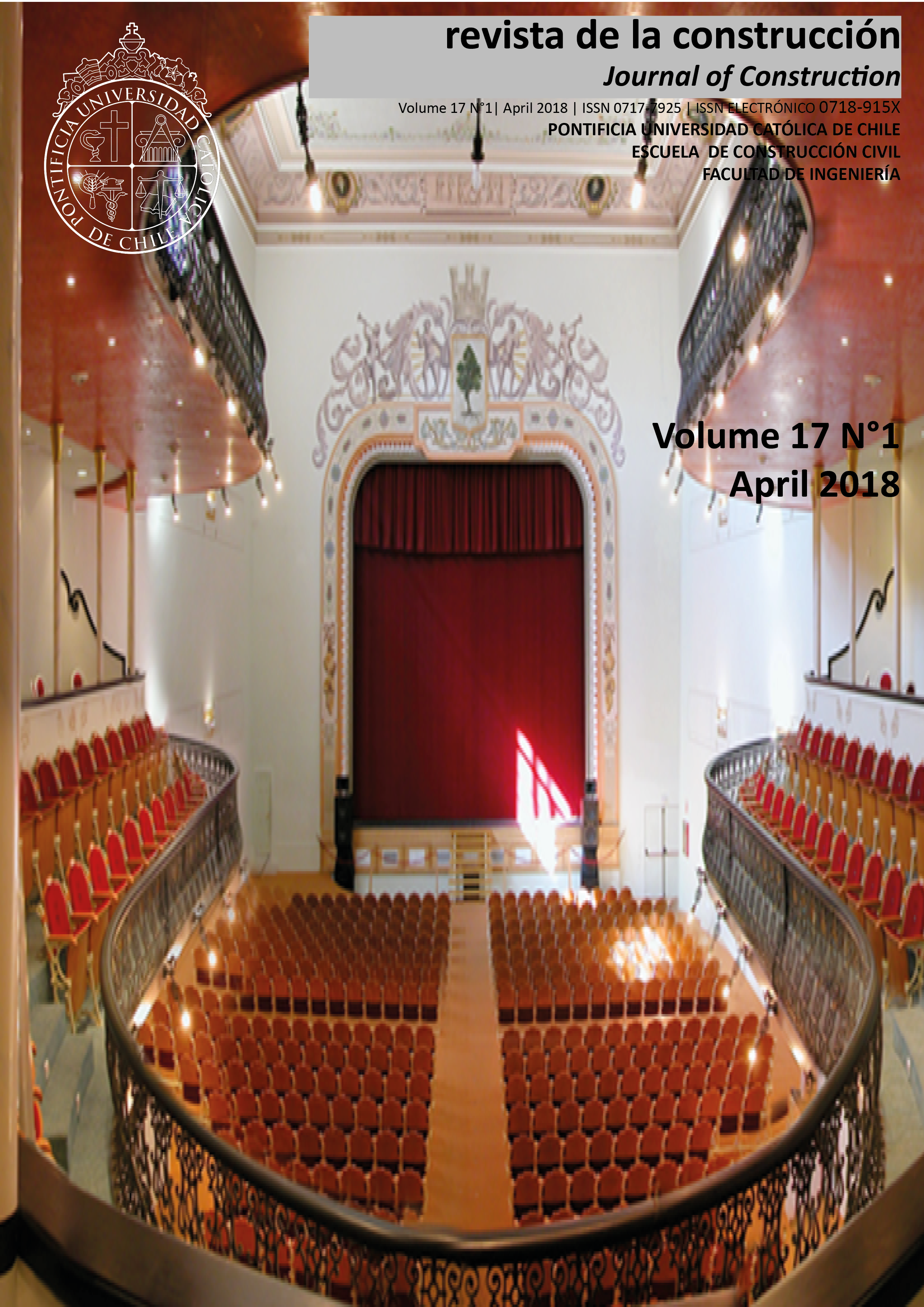Radon concentrations in cave houses of Crevillente:
A study about typological factors and proposals for remedial actions based on ventilation techniques
DOI:
https://doi.org/10.7764/RDLC.17.1.60Keywords:
Cave houses, Indoor radon, Ventilation, ElectretAbstract
The present paper analyses the influence of typological factors on radon gas concentration in the cave houses of Crevillente (Alicante province, Spain). Despite their location in an area included in the lowest category of potential exposure to radon (according to the Marna Project), a radon accumulation exceeding the recommended values is obtained; room depth emerges as a parameter which increases the concentration found; small differences are also detected between interior and exterior temperatures (3°C), thus moving away from the usual comfort parameters and making it necessary to use additional air-conditioning systems so that these rooms can be habitable. Furthermore, the study of infiltrations reveals that the number of renovations/hour needed to reduce the existing radon concentration to 300 Bq/m3 is feasible even starting from very high initial conditions; however, the most restrictive recommendations (100 Bq/m3) are unlikely to be reached, since they imply over 13 renovations/hour of the whole dwelling volume even starting from relatively low concentrations.
Downloads
Downloads
Published
How to Cite
Issue
Section
License
Copyright (c) 2019 Revista de la Construcción

This work is licensed under a Creative Commons Attribution-NonCommercial-NoDerivatives 4.0 International License.





